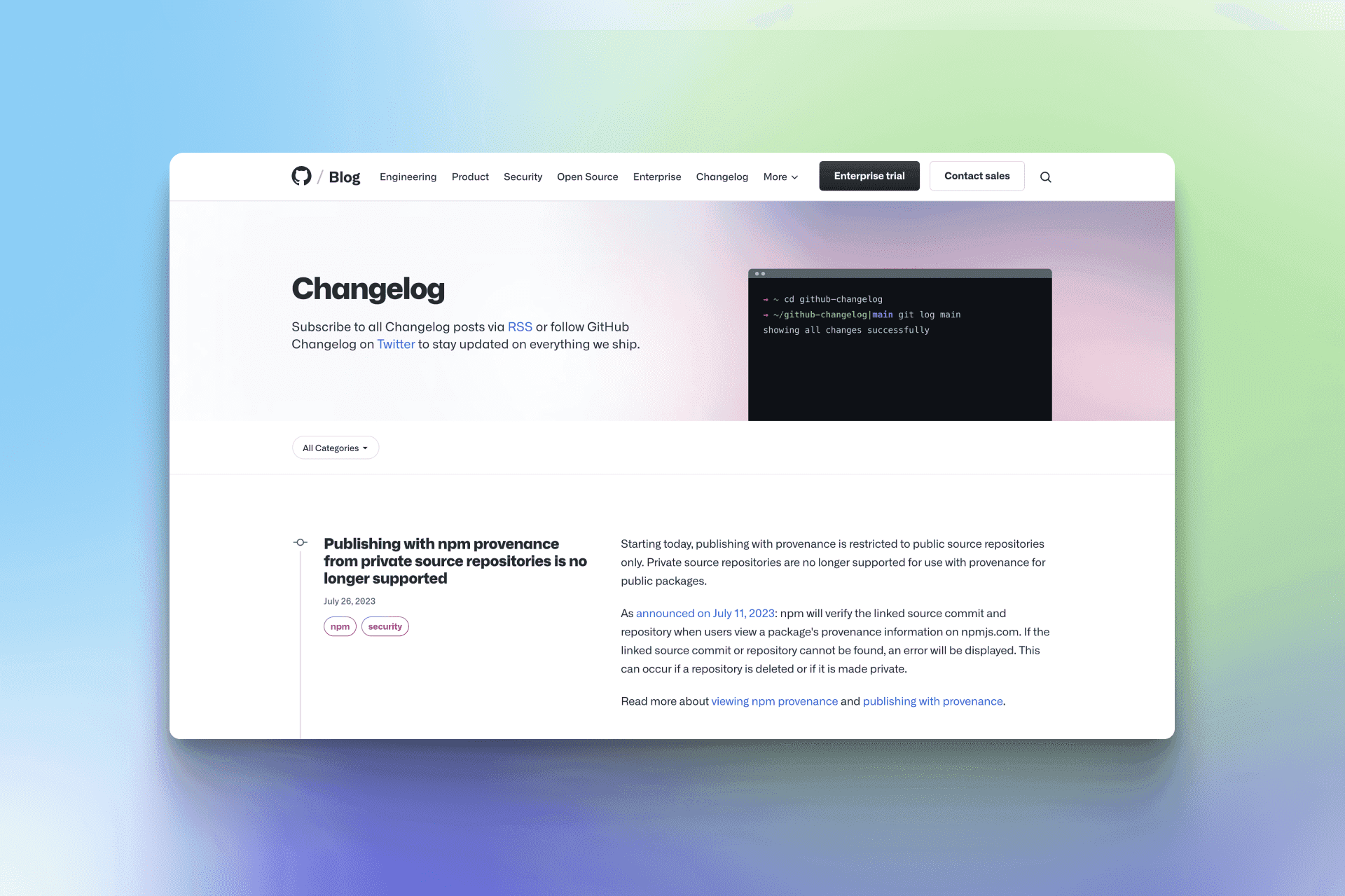Far from being a mere manual for user guidance, documentation acts as a living chronicle that captures the journey of a software product through its history, design, functionality, and evolutionary shifts. At the heart of this narrative lies the changelog, an essential component of software documentation that maps out the product's growth and transformation.
Functioning as a beacon of information, a changelog facilitates a clear line of communication between software developers and their users, detailing updates and adjustments with precision. While release notes offer a deep dive into the specifics of functional changes and novel features, changelogs maintain brevity, focusing on succinct updates and providing pathways to more detailed release notes. Adopted widely across the tech industry, the practice of maintaining a changelog underscores a commitment to transparency, enhances customer support, and fosters product engagement.
The Importance of a Changelog
The benefits of maintaining a changelog in your software documentation process are manifold. First and foremost, a changelog offers a centralized location to share updates with users, enabling them to quickly discern what has changed over a specific period. Users no longer have to sift through multiple channels for separate updates. Instead, they can glean a comprehensive picture from just a few minutes of scrolling through the changelog. The changelog also supplies links to more detailed information, helping users delve deeper if required.
Furthermore, a changelog illustrates the growth and progression of a product, allowing potential customers to gauge the level of investment the company has made in software development. For existing customers, it serves as a testament to how their feedback has been incorporated to refine and develop features.
Establishing an Effective Changelog Format
The structure of a changelog depends largely on how a company's target audience prefers to receive information. If you're about to create a changelog, one best practice is to examine how peer companies or leading platforms that integrate with your software communicate product changes.
Changelog posts should be succinct and avoid overwhelming technical detail. Each entry should ideally include the date of the change, a brief description of the change, a quick synopsis of the benefits, and the next steps for users. You can use our tool to create effective changelogs that boost product awareness.
Where relevant, the post can link to more detailed release notes explaining the technical considerations behind the update. Changelogs can also incorporate gifs and visuals to indicate where a change has occurred in the product and what it means for the user.
Consistency is key, regardless of the format you opt for. Consistent formatting ensures continuity from one post to the next, making it easier for users to follow updates. For example, you could sort updates chronologically and categorize them by specific product features, enabling users to filter updates based on relevance.

Changelog as a Vital Tool in Software Documentation
A changelog is an invaluable tool in the world of software documentation. It not only details the evolution of a software product but also enhances transparency and fosters customer support. By carefully structuring and regularly updating your changelog, you can make it easier for users to find the information they need. This will, in turn, support your software development process and foster customer satisfaction.
The changelog is not merely a historical document; it's a living record of your product's evolution, a testament to your development team's ongoing work, and a vital resource for your users. With the right approach and best practices, your changelog will become an integral part of your software documentation, contributing to the success of your product and your company.
Related Glossary





